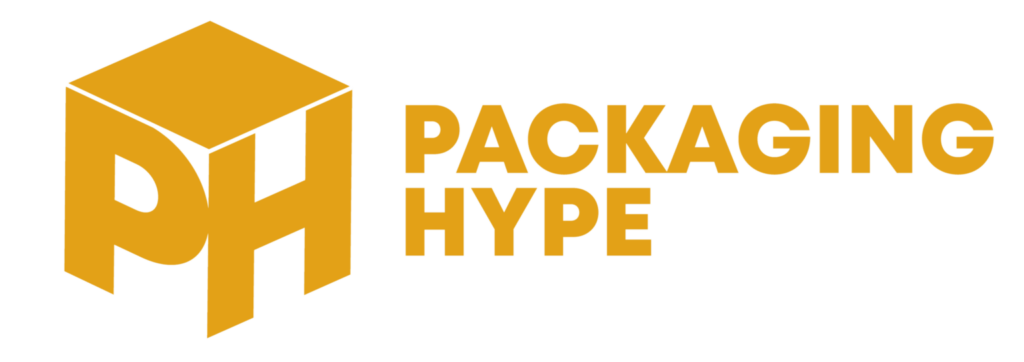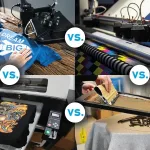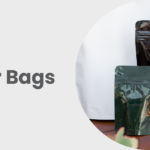We understand the importance of keeping things environmentally friendly in today’s world. The realization that we only have one earth has come quite late, but it has come now, and as they say, better late than never. The importance of recyclable and reusable things has become ten folds today. This is because this helps us reduce waste production and pollution that is affecting our earth adversely. Packaged goods are one of the most common things that can be seen today. Everyone everywhere has their things delivered in packages. This makes packaging and its materials very important. As the usage of packaging is only increasing, it is important to see that it does not affect the environment adversely. For this proposal exactly, we bring you PCR packaging.
PCR Packaging
PCR is short for post-consumer recycled material. It can also mean post-consumer resin. This type of packaging consists of materials or plastics that are highly recyclable and can be reused again. The idea behind this concept is that old packaging is taken and reprocessed to create new packaging.
The plastics used in this packaging include;
- rPET
This stands for Recycled Polyethylene Terephthalate.
- rPP
This stand for Recycled Polypropylene Plastic.
- rHDP
This stands for Recycled High-Density Polythene.
Making of PCR Packaging
PCR packaging is made from already existing packaging. To make PCR, certain steps are followed. These steps are;
- Step 1
The first step is to collect plastic packaging that already exists. This means that the plastic packaging has already been used and thrown away. This is the plastic that we will recycle to make our new packaging.
- Step 2
After the plastic is collected, it is taken to the machines. The amount required is thrown in, and all the color is absorbed. Once the plastic is color absorbed, it is crushed and shredded into thin granules.
- Step 3
Once the fine granules are made, they are melted at high temperatures. This melted material is then reprocessed and given the shape of new packaging.
Why Use PCR Packaging?
PCR packaging allows you to pack your goods right and helps keep the environment safe. Fossil fuels initially process the plastics, so when they are processed again for PCR packaging, they benefit the environment. Their production does not realize toxins into the air, thus preventing pollution and any harm that can be caused to the environment. The more useful something is in, the more demand it creates. Using PCR Packaging will create more demand. This will result in recycling many more plastics, decreasing plastic waste production, and helping the environment.
Another advantage of using PCR packaging is improving your brand image. When you use PCR packaging, it will show that your brand is environmentally friendly. Today, brands must be environmentally friendly, as this is what many consumers want. So when using PCR packaging, you will become a more attractive alternative for consumers.
One more thing that PCR can provide you is profitability. With its sustainability factor, it becomes a well-demanded product. You can charge more for your PCR packaging, increasing your profits and overall profitability.
Pros of PCR Packaging
There are many pros of PCR packaging. Some of the pros are;
Reduction of Waste
When PCR is used, less waste production occurs. When plastic packaging is initially made, a high amount of waste will be landfilled later. Initially, fossil fuels are used for the processing of plastic packaging. With PCR, none of that occurs. During the making of PCR, old, already existing packaging is reprocessed. This creates no new waste and prevents using fossil fuels to process plastics.
Eco-friendly
The biggest advantage of this type of packaging is that it is environmentally friendly. This packaging does not use fossil fuels for its processing and does not produce more waste. This makes it environmentally friendly.
Attracting Consumers
Today environmentally friendly products do much better than products that are harmful to the environment or contain elements that can harm the environment. This is why it is very important to be environmentally friendly in everything you do. Furthermore, the packaging is the first thing a consumer sees, so making it environmentally friendly is very important. By using PCR packaging, you can be more attractive to consumers. This is especially true for environmentally conscious consumers.
Cons of PCR Packaging
As there are pros, there are some cons of PCR packaging as well. These cons are;
Altering Appearance
The heating and melting down of the plastic may alter its appearance of the plastic. This might make the final packaging less aesthetically pleasing. This might not be the look everyone is willing to go for, so some brands may not use PCR packaging for this reason.
Price
The prices are high as well for this process. The price of the process increases as the amount of plastic that is to be recycled also increases. Some brands may have more suitable options as they want to spend less on the packaging.
While there are cons, the pros outweigh the cons in this situation. PCR packaging is the new trend. Many countries are now also making regulations for environment friendly packaging. This makes PCR a highly important type. If you start using PCR today, you will be ahead of the others and become the consumer’s first choice.







